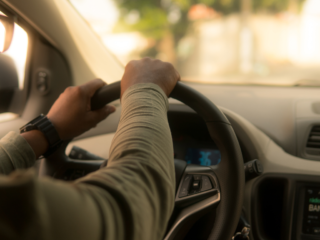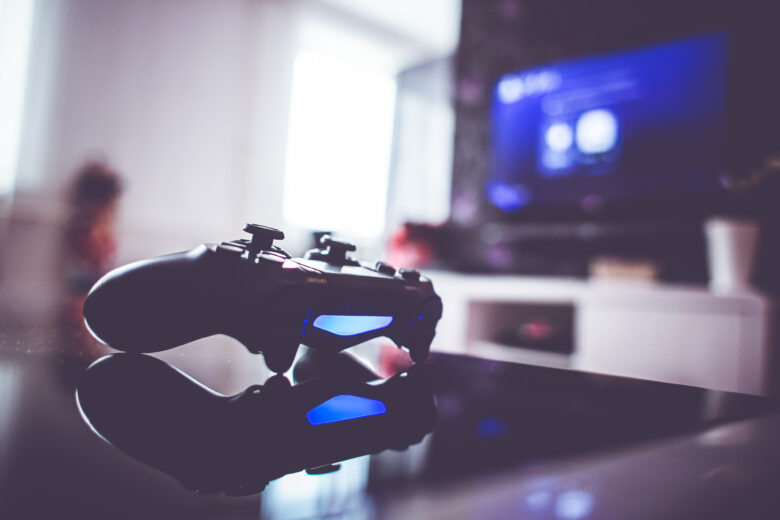When it comes to bullying, the statistics are disconcerting. Parents may be surprised to hear that while 71% of teachers say they usually intervene with bullying, only 25% of students say that teachers intervene. Over half of bullied children do not report being bullied to a teacher.
Finding the truth on bullying becomes more difficult when technology comes into play. Canadian teachers ranked cyberbullying as the highest issue of concern (89%) out of 6 listed options.
Victims of bullying suffer a multitude of problems besides the obvious physical and mental effects from being physically or verbally abused. Victims report a loss of interest in school activities, more absenteeism, lower-quality schoolwork, lower grades, and more skipping/dropping classes, tardiness and truancy. The long-term effects that bullying may have on a child’s future and their contribution to society overall should be a significant cause of concern for parents and our politicians.
Welcome to Fortnite, a Child’s Playground
A very popular free multiplayer online game, Fortnite, is a game where players are stuck on an island all together, accumulate weapons and items, and compete in a free for all survival battle. Despite its original premise, the game has evolved into a playground for players to socialize with other players, show off custom clothing (purchased for real money in game), and essentially hang out with their own friends. Custom clothing makes it easy for players to differentiate themselves in social circles and establish social hierarchies.
Yet, bullying has become rampant in Fortnite where players who only wear the basic free clothing, or “default” (instead of spending money on custom clothing) get shunned by players and even get targeted specifically. This occurrence of weaker players being ganged up on and killed by other players is called “ganking”.
An important feature for players is the win percentage rate and kill/death ratio (percentage of times you took out other players vs the times you were taken out). Players who are being ganked will suffer drops in their statistics, which further subjects them to bullying. Why? Because they gain the reputation as being unskilled players (or “noobs”) due to their poor statistics.
Because of this, it is common for children to beg their parents for money to pay for the custom clothing to play Fortnite (which can cost upwards of more than $20+). For children who lack a social life outside of their computer, this situation may be seen as the difference between life and death for them.
School Bullying and the Law
The Canadian Government passed into law Bill 13, the Accepting Schools Act to require school boards to prevent and address inappropriate behavior including bullying, discrimination and harassment. The requirements include appropriate policies for discipline, bullying prevention and education on equity and inclusivity.
Under the Education Act, R.S.O. 1990, c. E.2, private schools are considered distinct from other schools under the Ministry of Education and operate as separate businesses or non-profit organizations. However, if a private school competes in athletics or competitions that take place in publicly funded school facilities or classrooms, then compliance with Bill 13 is required.
Bullying is considered to have occurred in a school if the incident happens:
- on a school site or public property within 50 metres of a school site;
- during an activity, function or program that is conducted for school purposes, regardless of whether it takes place at a school site;
- through the use of technology or an electronic device provided to students by the school; or
- through technology not provided to students by the school but creates the effect of a hostile environment or infringes on the legal rights of a student at school, or disrupts the education process or operation of a school.
Parents of Bullies and the Law
The Parental Responsibility Act, 2000, S.O. 2000, c.4 requires parents or guardians to exercise reasonable efforts to prevent or discourage a child from engaging in any kind of activity that can result in loss or damage. Failing to do so may hold the parents of a bully liable for the intentional acts of their children for damages and economical losses suffered. An action may be commenced in Small Claims.
Bullying in Case Law
While this case was not a situation of online bullying, it illustrates important points that courts consider.
In Karam v Ottawa-Carleton District School Board, 2016 CanLII 107942 (ON SCSM), the central issue was that the plaintiff mother Vania Karam was white and the plaintiff child Winston Karam was black. As a result of bullying from two classmates involving ridiculing, physical assault, alienation, theft of personal belongings and derogatory racial name calling, the plaintiff child had to be homeschooled and taken to self-defence lessons.
Deputy Judge Bansie held that the school breached their standard of care on a balance of probabilities as enunciated in Patrick v. St. Clair Catholic District School Board, 2013 ONSC 4025 (CanLII) in quoting from Williams v. Eady (1895), 10 T.L.R. 41:
“The standard of care to be exercised by school authorities in providing for the supervision and protection of students for whom they are responsible is that of the careful or prudent parent.”
The Plaintiffs were successful in their action and awarded:
- $2,750 for homeschooling
- $336 for self-defence lessons; and
- Legal fees of $565.
An important consideration to make is that the Plaintiff was not successful in claiming $700 for counselling fees because there was insufficient medical evidence to determine that the plaintiff child was treated, or otherwise establish psychological or physical state prior to, during or since leaving the school. The judge was guided by Mustapha v. Culligan of Canada Ltd., [2008] 2 SCR 114, 2008 SCC 27 (CanLII):
“Psychological disturbance that arises to the level of personal injury must be distinguished from psychological upset.” Despite the invoices, there had been no evidence to support Winston having suffered any psychological injury or harm as a result of the bullying.
Conclusion
The pervasiveness of technology makes it difficult for parents of bullied children to completely protect their child from the effects of bullying. However, if the abilities of bullies to cause harm can be limited by appropriate intervention, then this certainly can act as a first step towards eliminating bullying entirely.
Based on the Karam case, it is important for parents to document the mental injuries suffered by their child, as well as the course of treatment with an appropriate medial professional.
Should bullying cause significant damage to a child or their family, it is also of critical importance to consult a lawyer to determine if a claim is appropriate and to know more about the options for compensation.













